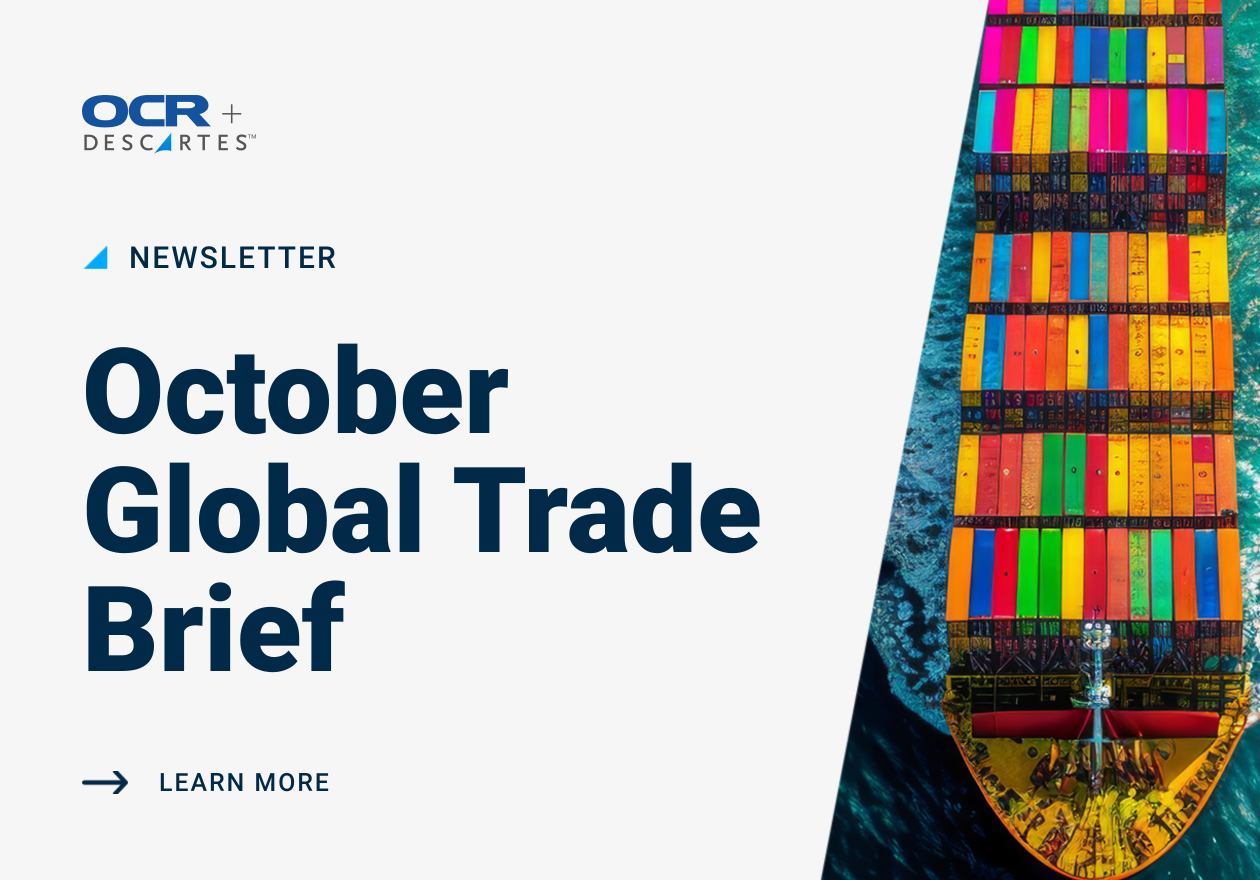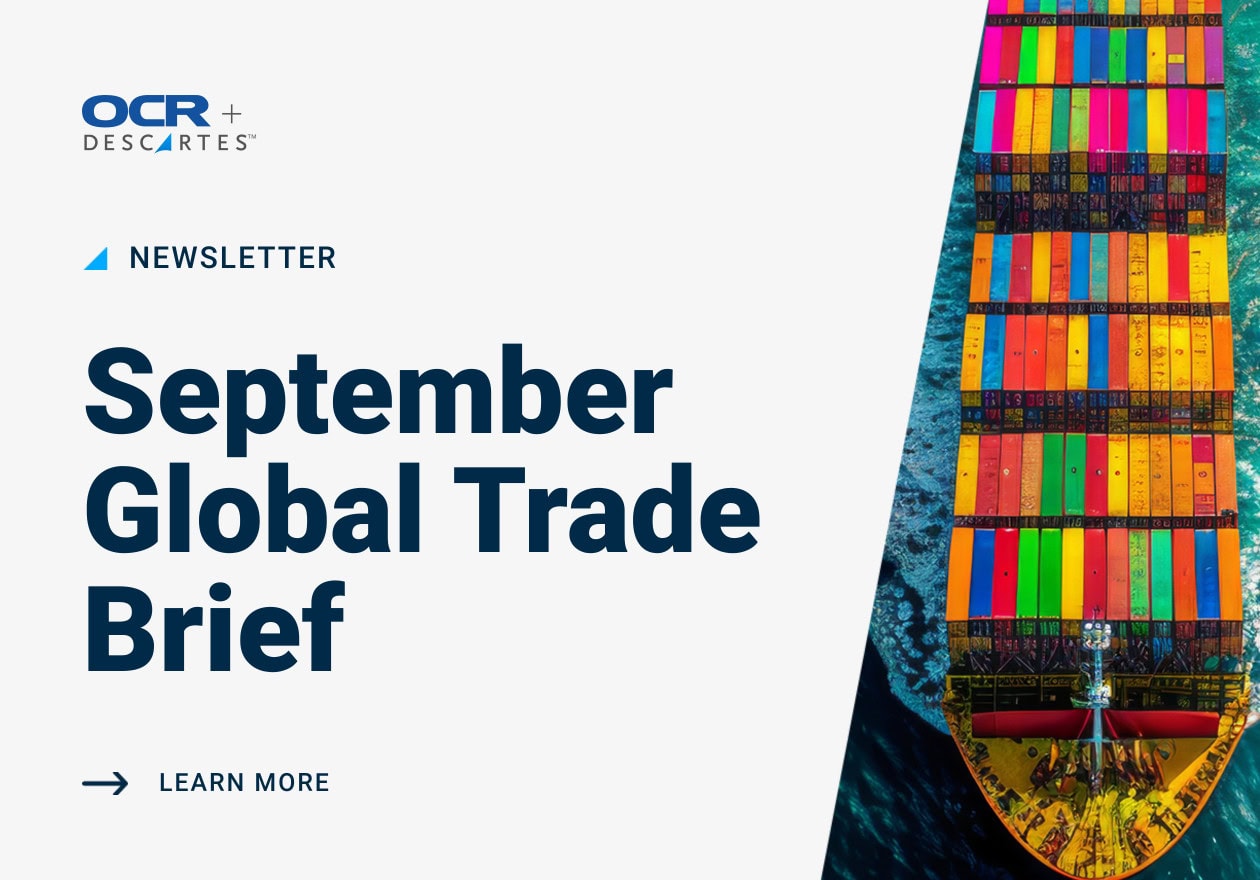Aluminum or steel articles will not be subject upon entry for consumption to Section 232 duties merely by reason of manufacture in a U.S. foreign trade zone. However, articles admitted to a U.S. foreign trade zone in “privileged foreign status” will retain that status.
Imports which have been granted a product exclusion from the Section 232 measures, and which are not subject to the Section 232 duties or quotas, are not covered by the FTZ provisions of the Proclamations.
Accordingly, where a valid claim for Chapter 98 treatment is made for goods that would have otherwise been subject to Section 232 duties, Section 232 duties are assessed in the same manner as regular customs duties.By contrast, where the Chapter 98 provision provides for the assessment of duties on a portion of the article, such as the value of the repair or other processing, Section 232 duties are to be assessed on that value. However, an exception occurs for subheading 9802.00.60, HTSUS. If covered goods are entered under this provision, Section 232 duties are to be assessed on the entire value of the articles.
Goods subject to 232 quantitative limitations may enter the U.S. under a TIB. However, goods entered under a TIB shall be decremented against any applicable 232 quotas.
For originating goods which are products of the United States and which undergo processing in Canada or Mexico, the following rules apply:
- If the processing performed in Canada or Mexico effects a substantial transformation so as to render the good a product of Canada or Mexico, the duties imposed by section 232 apply.
- If, after the processing performed in Canada or Mexico, no substantial transformation occurs, the good remains a product of the United States, and is not subject to 232 duties.
Goods subject to NAFTA duty-deferral restrictions require a NAFTA consumption entry upon exportation to Mexico or Canada. Duties imposed by section 232 will apply when a consumption entry is required.
USITC RELEASES REPORT ON PROPOSED MODIFICATIONS TO THE U.S.-KOREA FREE TRADE AGREEMENT REGARDING THE STAGING OF CUSTOMS DUTIES FOR CERTAIN MOTOR VEHICLES
The USITC, an independent, nonpartisan, factfinding federal agency, produced the report at the request of the U.S. Trade Representative (USTR) pursuant to section 104 of the United States-Korea Free Trade Agreement Implementation Act.
As requested, the report provides advice on the probable economic effect of proposed modifications to the staging of customs duties for certain motor vehicles (light trucks and medium/heavy trucks) under the U.S.-Korea Free Trade Agreement on U.S. trade and on domestic producers of the affected articles.
The proposed modifications would defer the elimination of duties until January 1, 2041. Because the United States currently imports few or no vehicles covered by the proposed modifications from Korea, the USITC made assumptions concerning Korean market shares and Korean export shares if Korea were to enter the U.S. truck market. The Commission presents five alternative scenarios in the report and designates one as “most likely.”
Based on the scenario the Commission believes is the most likely, the likely effect of the proposed modification is an avoided increase of U.S. imports from Korea of 59,000 light trucks and 7,600 medium/heavy trucks, assuming Korea enters the U.S. truck market and does so via exports and not exclusively transplant production. Similarly, the likely effect on total production in the United States is an avoided decrease in domestic production of 45,000 light trucks and 3,700 medium/heavy trucks under the same assumptions.
UPDATED FILLING REQUIREMENTS FOR CHAPTER 98 ENTRIES AND DRAWBACK ELIGIBILITY FOR PRODUCTS IMPORTED FROM CHINA
The USTR has issued a final list of products covered by the Section 301 action. The list comprises over 800 eight-digit HTSUS numbers and is published in Annex A to the USTR’s Notice of Action. Any article classified in a subheading covered by this list that is a product of China would be subject to a 25% ad valorem duty rate, in addition to the general (Column 1) rate of duty for that particular subheading.
In addition to reporting the Chapters 1-97 HTSUS classification of the imported merchandise, importers shall also report the 9903.88.01 special tariff number for goods subject to the additional duty assessment of 25% ad valorem as a result of the Section 301 trade remedy.
The Section 301 duties currently only apply to products of China, and are based on the country of origin, not country of export.
The rates of duty imposed by subheading 9903.88.01 shall not apply to products for which entry is properly claimed under a heading or subheading in Chapter 98.
When submitting an entry in which a heading or subheading in Chapter 98 is claimed on merchandise covered by the Section 301 remedy, a filer must first report subheading 9903.88.01, followed by the applicable Chapter 98 subheading, and the Chapter 1-97 HTSUS classification for the commodity being imported.
Section 301 duties are eligible for duty drawback.
Products from China subject to the Section 301 trade remedy that are eligible for special tariff treatment under General Note 3(c)(i) to the HTSUS shall be subject to the additional 25 percent ad valorem rate of duty imposed by heading 9903.88.01
Per the Federal Register Notice published by the USTR, any product listed in Annex A, except any product that is eligible for admission under ‘domestic status’ as defined in 19 CFR 146.43, which is subject to the additional duty imposed by this determination, and that is admitted into a U.S. foreign trade zone on or after 12:01 am eastern daylight time on July 6, 2018, only may be admitted as ‘privileged foreign status’ as defined in 19 CFR 146.41. Such products will be subject upon entry for consumption to any ad valorem rates of duty or quantitative limitations related to the classification under the applicable HTSUS subheading.
The Federal Register Notice indicates that the USTR will establish a process by which U.S. stakeholders may request that particular products classified within an HTSUS subheading listed in Annex A be excluded from the additional Section 301 duties. USTR will publish a separate notice concerning the product exclusion process, and CBP will provide additional guidance on the matter as it becomes available.
DEPARTMENT OF DEFENSE IS ISSUING A FINAL RULE AMENDING THE DEFENSE FEDERAL ACQUISITION REGULATION SUPPLEMENT
Effective June 29, 2018, Department of Defense (DoD)is issuing a final rule amending the Defense Federal Acquisition Regulation Supplement (DFARS) to implement a section of the National Defense Authorization Act for Fiscal Year 2016 related to costs associated with indirect offsets under foreign military sales (FMS) agreements and expand on the prior interim rule guidance related to FMS offset costs.
DoD published an interim rule in the Federal Register (80 FR 31309) on June 2, 2015, to amend the DFARS to state that all offset costs that involve benefits provided by the U.S. defense contractor to the FMS customer that are unrelated to the item being purchased under the Letter of Offer and Acceptance (LOA) (indirect offset costs) are deemed reasonable, with no further analysis necessary on the part of the contracting officer, provided that the U.S. defense contractor submits to the contracting officer a signed offset agreement or other documentation showing that the FMS customer has made the provision of an indirect offset of a certain dollar value a condition of the FMS acquisition.
To expand on the interim rule guidance and incorporate the requirements of section 812 of the National Defense Authorization Act (NDAA) for Fiscal Year (FY) 2016, DoD published a subsequent proposed rule in the Federal Register (81 FR 78015) on November 4, 2016.
Section 812 of the NDAA for FY 2016 amended 10 U.S.C. 2306a(b)(1) to state that submission of certified cost or pricing data shall not be required in the case of a contract, a subcontract, or modification of a contract or subcontract to the extent such data–
(i) Relates to an offset agreement in connection with a contract for the sale of a weapon system or defense-related item to a foreign country or foreign firm; and
(ii) Does not relate to a contract or subcontract under the offset agreement for work performed in such foreign country or by such foreign firm that is directly related to the weapon system or defense-related item being purchased under the contract. …
IMPLEMENTING THE CRAFT BEVERAGE MODERNIZATION AND TAX REFORM ACT OF 2017
Effective January 1, 2018, the Craft Beverage Modernization and Tax Reform Act of 2017 (CBMA) amended the Internal Revenue Code with respect to the tax treatment of certain alcoholic beverages.
Under the CBMA, reduced tax rates and/or tax credits are applicable to importations of certain limited quantities of distilled spirits, beer, or wine imported from each qualifying foreign producer. Further, the foreign producer must have affirmatively assigned those rates or tax credits to an importer or importers and the quantity assigned to all importers by that producer may not exceed the quantities allowed by law. As a result, for an importer to be eligible to receive a reduced tax rate or a tax credit, the importer must be able to substantiate that the foreign producer has assigned an allotment of its reduced tax rate or tax credits to the distilled spirits, beer, or wine imported by that importer.
Importers will continue to pay the full excise tax rate at time of entry summary filing. CBP and Treasury are considering amending current regulations to allow CBP to issue refunds owed pursuant to the CBMA on entries when appropriate. These amendments to 19 CFR 24.36 would apply to entries that have not been finally liquidated and would be retroactive. In anticipation of the new regulations, CBP suggests importers file protests on liquidated entries for which a CBMA reduced tax rate or credit may be due. Refund requests will be processed no earlier than January 15, 2019. Post Summary Corrections (PSCs) must not to be utilized for requesting refunds until 19 CFR 24.36 has been updated and necessary programming completed. Once the regulations are amended and CBP commences accepting CBMA refund requests, importers will need to identify entry summary lines that they believe qualify for excise tax relief under the CBMA. This identification will serve as the importer’s request for relief. CBP plans to develop a flag at the entry summary line level in the Automated Commercial Environment (ACE) that importers may utilize to request a refund.
CASE STUDIES
TIRES PRODUCED IN INDIAN SEZ’S AND EOU FACILITIES
ATC Tires Pvt. Ltd. v. United States, Slip Op. 18-79 (CIT June 25, 2018)
Facts:
ATC Tires Pvt. Ltd. had production facilities in both an SEZ in India and in an EOU in India. The U.S. Commerce Department recognized that an SEZ may be established to manufacture goods and to serve as a free trade and warehousing area pursuant to India’s SEZ law.
Under Indian law, companies operating in SEZ or EOU units are entitled to exemptions from custom duties and from various taxes on goods and services that are imported and exported from the SEZ or EOU facilities.
The U.S. Commerce Department, in a countervailing subsidy investigation, issued in 2016 made a preliminary determination that the SEZ and EOU facilities were within the customs territory of India and that the programs were countervailable because: (1) program eligibility was contingent upon export performance; (2) India’s government had not provided evidence of sufficiently stringent recordkeeping; and (3) the same programs had previously been found to be countervailable. Commerce concluded that unpaid duty exemptions on capital goods and raw materials imported under the programs were interest-free loans (and thus countervailable benefits) made to the producer.
ATC Tires Pvt. Ltd then submitted an argument that the SEZ and EOU facilities were located outside the customs territory of India, and thus, any duties and taxes not paid to India could not be considered a countervailable benefit provided by India’s government.
Conclusion:
The U.S. Court of International Trade concluded that there was “substantial record evidence” to support the U.S. Commerce’s determination that India lacked sufficient monitoring systems to determine that the SEZs and EOUs operated outside India’s customs territory and that India lacked an adequate system to confirm which inputs and in what amounts are consumed in the production of exported products, making normal allowance for waste. The trade court, thus, sustained the final determination of the U.S. Commerce Department.
SCHEME TO ILLEGALLY EXPORT COMPONENTS FOR PRODUCTION OF NIGHT VISION AND THERMAL DEVICES WITHOUT APPROPRIATE DEPARTMENT OF STATE LICENSES
Facts:
Naum Morgovsky and Irina Morgovsky admitted that from April 2012 until Aug. 25, 2016, they conspired to export without the necessary license to a company in Moscow, Russia, numerous scope components, including image intensifier tubes and lenses. They further admitted a coconspirator in Russia communicated to them lists of components necessary for the Russian business to manufacture certain night vision devises. The couple used their U.S. business, Hitek International, to purchase these components and misrepresented to the sellers that the products would not be exported. The couple then shipped the products to Russia and other countries in Europe where an associate arranged for them to be hand-carried into Russia. Further, the couple admitted the scope components they exported were on the U.S. Munitions List and that they therefore were not permitted to export the items without a license from the Department of State, Directorate of Defense Trade Controls. The defendants admitted they knew a license was required to export the components and that they did not obtain a license.
Conclusion:
The couple pleaded guilty for their respective roles in a scheme to export components for the production of night vision and thermal devices in violation of the Arms Export Control Act.



